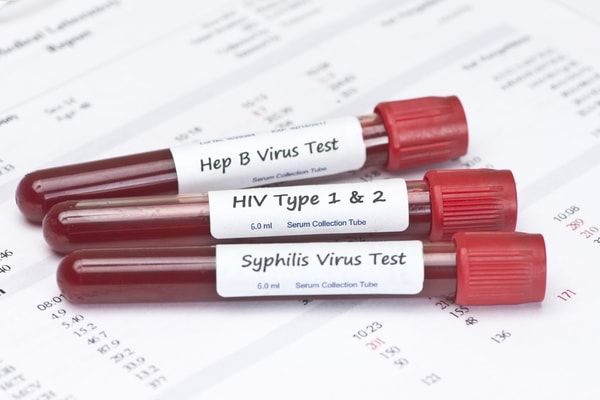

(Photo Credit: samedaydoctor.org)
Latest data shows that lack of access to the internet has led to a decline in HIV testing since 2019.
On World AIDS Day, UKHSA released their annual report on HIV, which includes data on HIV testing, diagnoses, access to care and so on. According to the report, the pandemic and disproportionate access to the internet has caused a fall in HIV testing.
The UKHSA report said “The COVID-19 pandemic continued to impact the HIV epidemic in the UK in 2021”, which is showing “partial recovery”, not homogenous across all groups of people.
Interim Head of HIV Surveillance at UKHSA Dr. Alison Brown, said, “The COVID-19 pandemic has slowed progress in some areas – including testing among heterosexuals and engagement in care for those already living with HIV.”
In 2019, about 1.3 million people took an HIV test compared to approximately 900,000 in 2020, which is a 31 per cent decrease in testing. There was a slight increase in 2021, with nearly one million people getting tested for HIV, which is still 20 per cent less than in 2019.
The slight uptick in testing from 2020 to 2021 was fuelled by a rise in internet testing, which means getting tested for STIs using kits ordered online. The rise in internet testing was mainly driven by the GBMSM (Gay, Bisexual, other Men-who-have-sex-with-men) group.
Internet testing for HIV rose by 32 per cent in 2021, while visits to specialist SHSs (Sexual Health Services) saw only a three per cent increase during the same period. Testing at non-specialist SHSs plunged to nearly 40 per cent.
Overall, the testing trajectory seems to be affected negatively by the pandemic, with statistics showing a decline post 2019. This is linked to the significance of internet testing, specifically in 2021.
According to the UKHSA report, “internet testing was the main route of access to HIV testing in England” but was “disproportionately accessed by GBMSM, especially outside London.”
However, in spite of lowered levels of testing, there was a slight increase in HIV diagnoses in heterosexual individuals in 2021, indicating that the transmission rates and cases of undiagnosed HIV among heterosexual individuals haven’t come down.
The report highlighted the need for other means of getting tested for HIV, especially to drive testing among heterosexual individuals and those without access to internet testing. This will hasten the process towards UKHSA’s goal of zero new HIV infections by 2030.